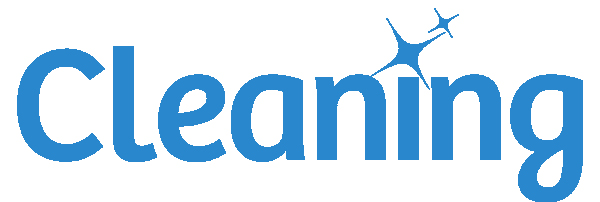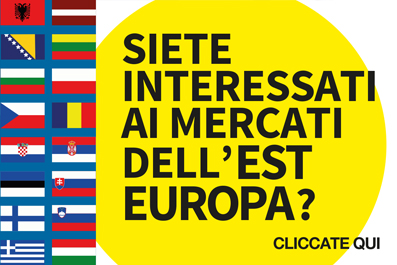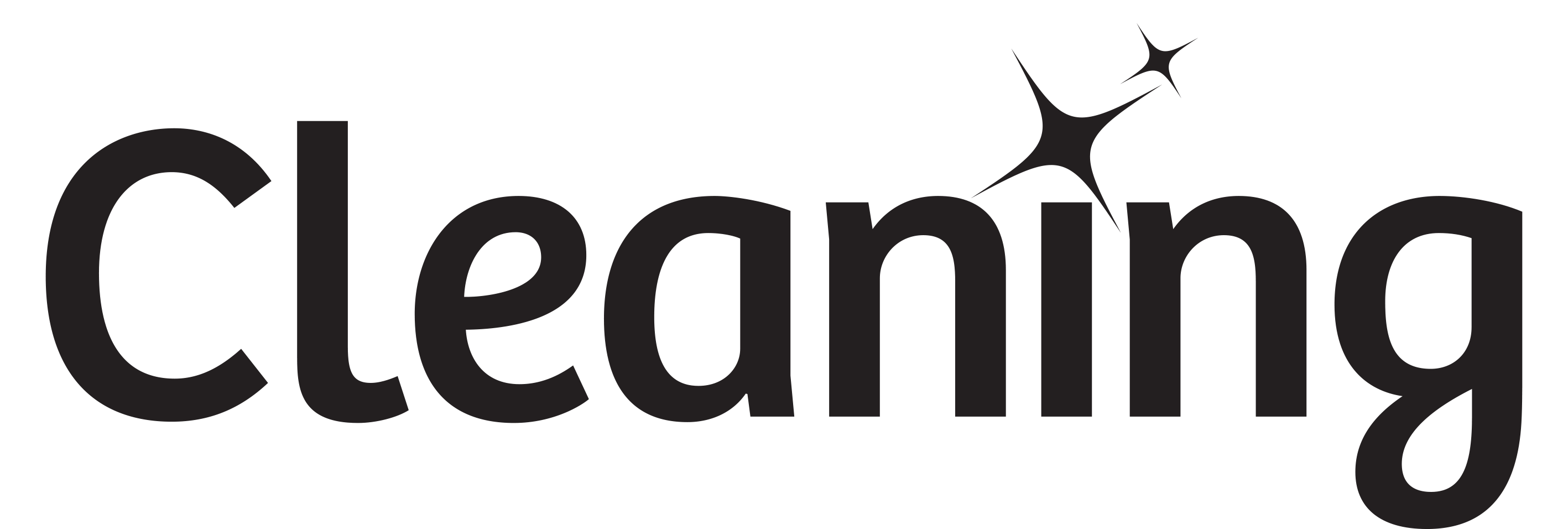Does UVC disinfection work anytime and anywhere – and if so – what are the critical factors in this?
At Interclean Amsterdam 2018, a disinfection aid was introduced that uses ultraviolet C (UVC) to kill micro-organisms. There is now a variety of comparable devices on the market. So is it time to delve further into the topic, take stock of the state of affairs and get answers to important questions.
What is UV light? Ultraviolet (UV) light can be generated with LED or with a low pressure fluorescent lamp. If the tube consists of transparent glass, the UVC radiation is spread. If a fluorescent layer has been applied, this radiation is largely converted into UVB (tanning lamp) or UVA (black light).
However, there are also blue-purple lamps that are sold as UV lamps, but are no more than ordinary light in purple glass. In industry, higher powers are often required and a medium pressure gas discharge lamp is used as a source.
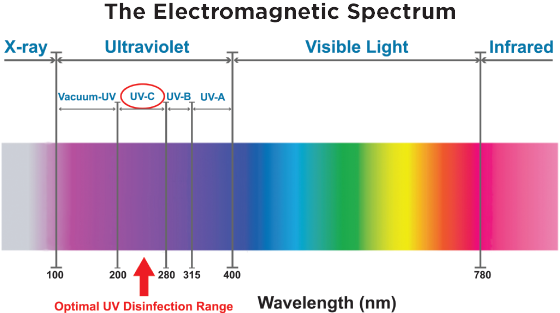
UV light can disinfect medical instruments and equipment. It is regularly used in a department where vulnerable patients always lie and where the device can be used efficiently. In fact, you can disinfect anything that is in a patient room and does not leave behind liquid or dust. This not only saves manual handling – and thus exposure to corrosive substances – but also time and resources.
Different types of UV light
There are several types of UV light. UV A light with a wavelength of 315 to 420 nanometres makes up 98.7 percent of the UV radiation reaching the Earth’s surface. UV B light has a wavelength of 280 to 315 nanometres – which accounts for 1.3 percent of the UV radiation that reaches the Earth’s surface – can make people turn brown, but also burn it. Finally, there is UV C light with a wavelength between 100 and 280 nanometres. This light is blocked by the atmosphere and has always been considered harmful to humans by science.
UVC ensures that micro-organisms in the air die. UVC does this by destroying molecular connections. That way it also kills viruses. Opinions differ in the scientific world about its effectiveness with the current coronavirus.
Application of UVC in healthcare
Hospital infections will continue to occur despite all measures taken. Due to the many medical-technical innovations and treatments, hospitals increasingly dealing with patients with greatly reduced defences. The financial loss that infections entail is great. On average, the hospital stay is extended by five days per infection and there are additional medical and social costs. This apart from any unnecessary deaths. Cleaning and disinfection are a constant concern for the inspection.
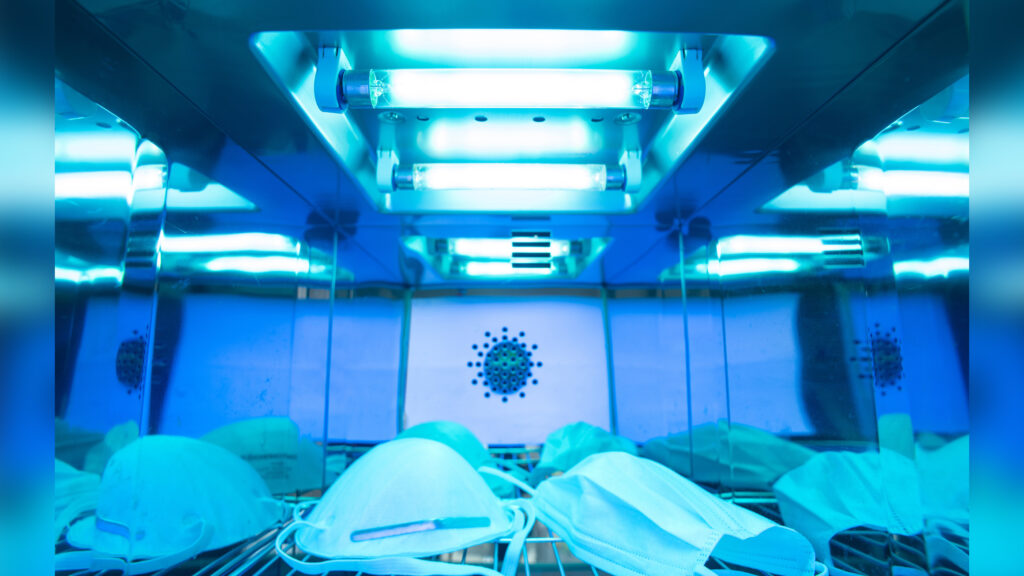
Manual cleaning and disinfection of surfaces, both daily and when discharging patients, are essential elements of infection prevention programs. Continuous efforts to improve the quality and consistency of traditional cleaning and disinfection practices are necessary to achieve desired levels of surface disinfection.
The use of modern technologies is a good addition. The use of UVC to disinfect rooms and surfaces is becoming increasingly common. UVC systems are widely used in the US. More and more data is becoming available about the effectiveness of these solutions.
UVC disinfection is not only suitable for smooth surfaces for cleaning applications, but it is also very suitable for disinfecting liquids. The light, in combination with peroxide, breaks down organic waste and makes organic micro pollutants harmless. No harmful residues remain in the water.
UVC is increasingly being used as a disinfection technique, but needs to follow strict guidelines. UVC systems are widely used in the US. More and more data is becoming available about the effectiveness of these solutions. UVC is applied in its current form for about seven years and is mainly used in the US as a preventative measure, and in Europe UVC disinfection is booming.
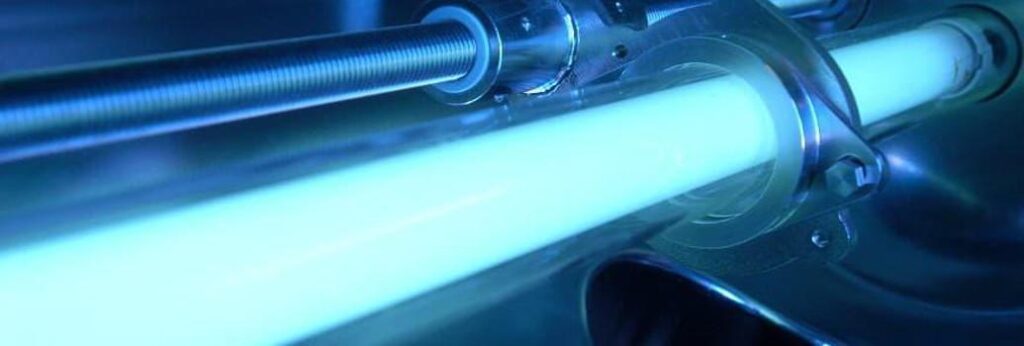
There is a great deal of literature available on the efficacy of UVC, but each hospital can decide whether or not to apply this. The advantages of this disinfection technique are: fast, non-chemical, easy to perform. Moreover, you have the infected room available again within an hour.
UVC Robots
Robots are increasingly being used to help disinfect hospitals and offices by irradiating spaces with UV light. Countless companies have now turned to UVC. The applications range from black light lanterns to visualize contamination of surfaces, to disinfection robots. Striking is a large number of manual lights for money detection, spotting pollutants, but also UV lamps for disinfecting rooms. Incidentally, these types of disinfecting robots do not replace manual cleaning of hospitals. The UV light must fall directly on a surface to disinfect effectively.
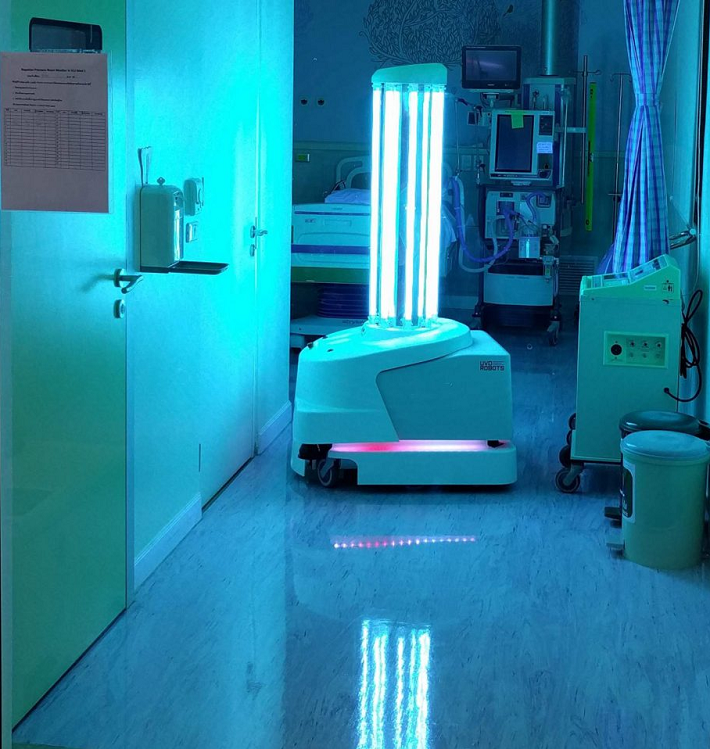
A misconception is that such a UVC robot can only be used in an outbreak. Disinfection is a necessity after the visit of an infectious patient to an emergency room or an admission. Then it is an excellent time to use the robot for final disinfection. In short, this method can simply be applied. UVC is not easily available for nursing homes, but hospitals can purchase a UVC robot and in the future a kind of lease construction may be possible.
It is important to now that the UVC light is also harmful to humans. You have to wait about ten to twenty minutes outside the room until the robot is ready. After disinfection, there is an air similar to that of burned hair.
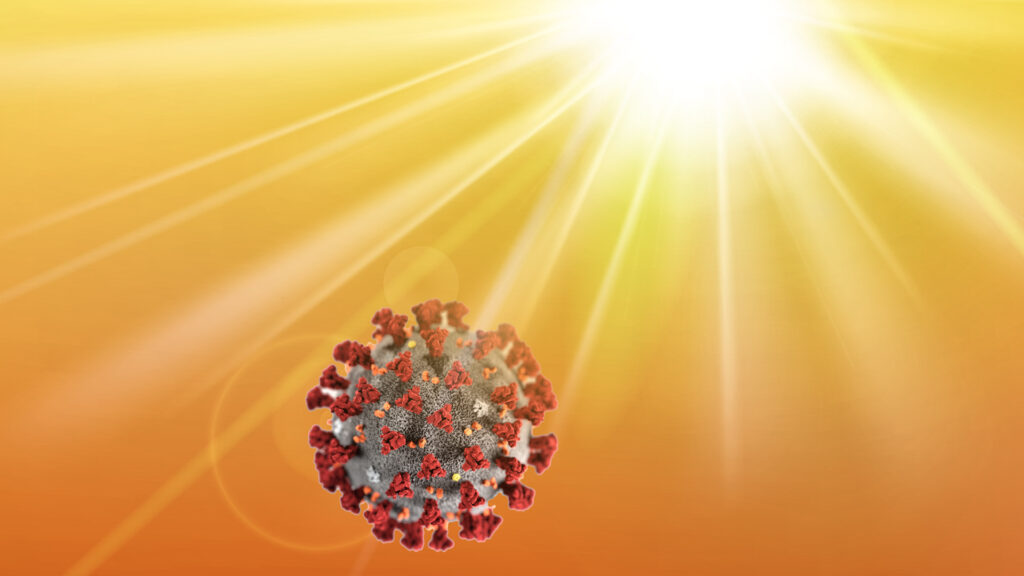
Source: Interclean


